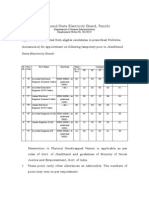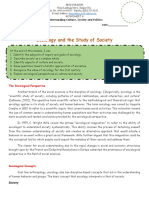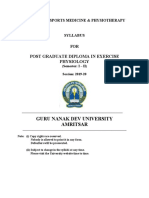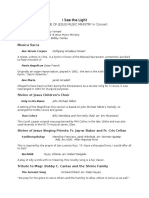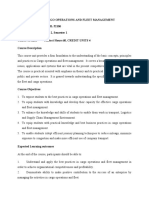0% found this document useful (0 votes)
8 views35 pagesVirtual Memory
The document discusses virtual memory, emphasizing its role in allowing processes to execute without being fully loaded into physical memory. It covers key concepts such as demand paging, page faults, page replacement algorithms, and strategies to manage memory allocation and thrashing. The working set model and page-fault frequency schemes are also introduced as methods to optimize memory usage and performance.
Uploaded by
sambitCopyright
© © All Rights Reserved
We take content rights seriously. If you suspect this is your content, claim it here.
Available Formats
Download as PDF, TXT or read online on Scribd
0% found this document useful (0 votes)
8 views35 pagesVirtual Memory
The document discusses virtual memory, emphasizing its role in allowing processes to execute without being fully loaded into physical memory. It covers key concepts such as demand paging, page faults, page replacement algorithms, and strategies to manage memory allocation and thrashing. The working set model and page-fault frequency schemes are also introduced as methods to optimize memory usage and performance.
Uploaded by
sambitCopyright
© © All Rights Reserved
We take content rights seriously. If you suspect this is your content, claim it here.
Available Formats
Download as PDF, TXT or read online on Scribd
/ 35



























































